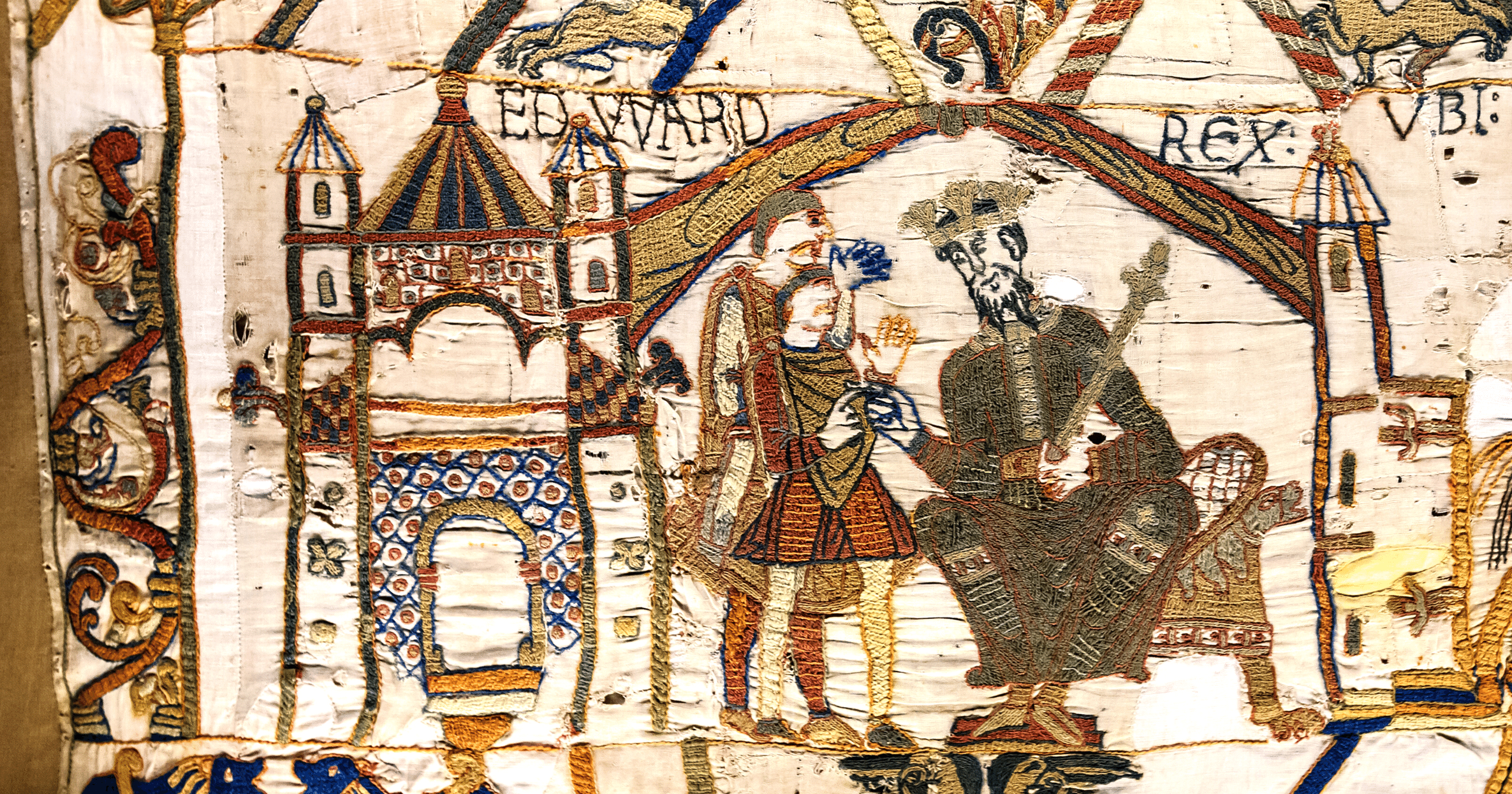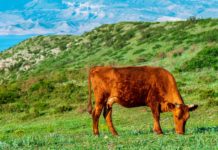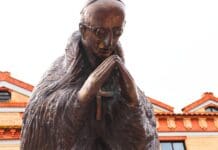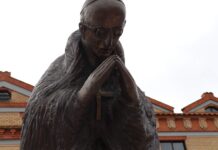Saint Edward the Confessor was King of the English from 1042 to 1066, called one of the last great Anglo-Saxon kings.
On February 7th in 1161, he was canonized by Pope Alexander III. In fact, he was the only king of England ever to be canonized by the pope!
He’s called “confessor” as he is believed to have lived a saintly life, but was not a martyr.
Saint Edwards’s hagiography mentions a death-bed prophecy he had about the future of England accurately foretelling what would come to be in the next 1000 years.
“The extreme corruption and wickedness of the English nation has provoked the just anger of God. When malice shall have reached the fullness of its measure, God will, in his wrath, send to the English people wicked spirits, who will punish and afflict them with great severity, by separating the green tree from its parent stem the length of three furlongs. But at last this same tree, through the compassionate mercy of God, and without any national assistance, shall return to its original root, reflourish, and bear abundant fruit.”
But what does it all mean?
Saint Edward spoke of England, the ‘green tree,’ being separated from its ‘parent stem,’ Rome – an allusion to the Reformation.
Through prayer, he said England would embrace its Catholic heritage and return to full communion with Rome.
In 1850, with Pope Pius IX’s papal bull Universalis Ecclesiae, the Church returned to England.
🙏 Pray for ecumenism everywhere!
Photo credit: Public Domain via Wikimedia Commons


















First of all, how well attested is this purported prophecy?
Secondly, what significance is given to the measure “three furlongs”?
Finally, it seems obvious that this purported prophecy HAS NOT YET BEEN FULFILLED.
The translation given here is faulty. The manuscript with the prophesy is extant in the British Library. Vita AedwardRegis can be found online at internetarchive.org The green tree fell away as its bishops became Romanized due in part to the 1054 Great Schism; through which the Sacramental grace of God to the west was cut from its root. It has yet to be “joined again to its trunk …and begin once more to push leaves and bear fruit from the love of its uniting sap…”